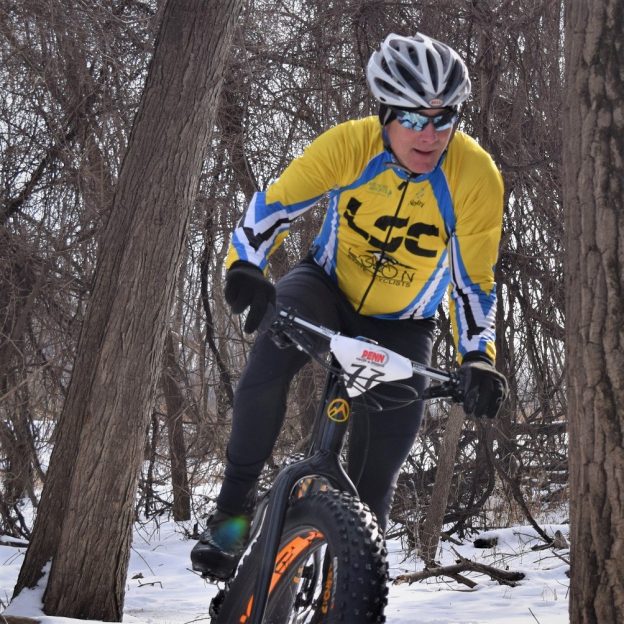Tag: winter commuting
-

A mid-term review of this amazing Sealskinz Halo Winter Glove
Now that I have had over a month of cold weather under my belt, I feel comfortable talking about the Sealskinz Halo Glove. The onset of Minnesota’s winter is probably colder than most peoples harsh winter months, so I feel that this mid term review is probably a great indicator for 90 percent of America…
-

Make Winter Bike Commuting Fun
As the vibrant colors of fall disappear and the winds blow predominately out of the northwest it’s time to ask. Should I ride my bike in the snow, ice and frigid elements of winter or should I take my faithful two-wheeled steed into the shop for a tune-up and store it away?
